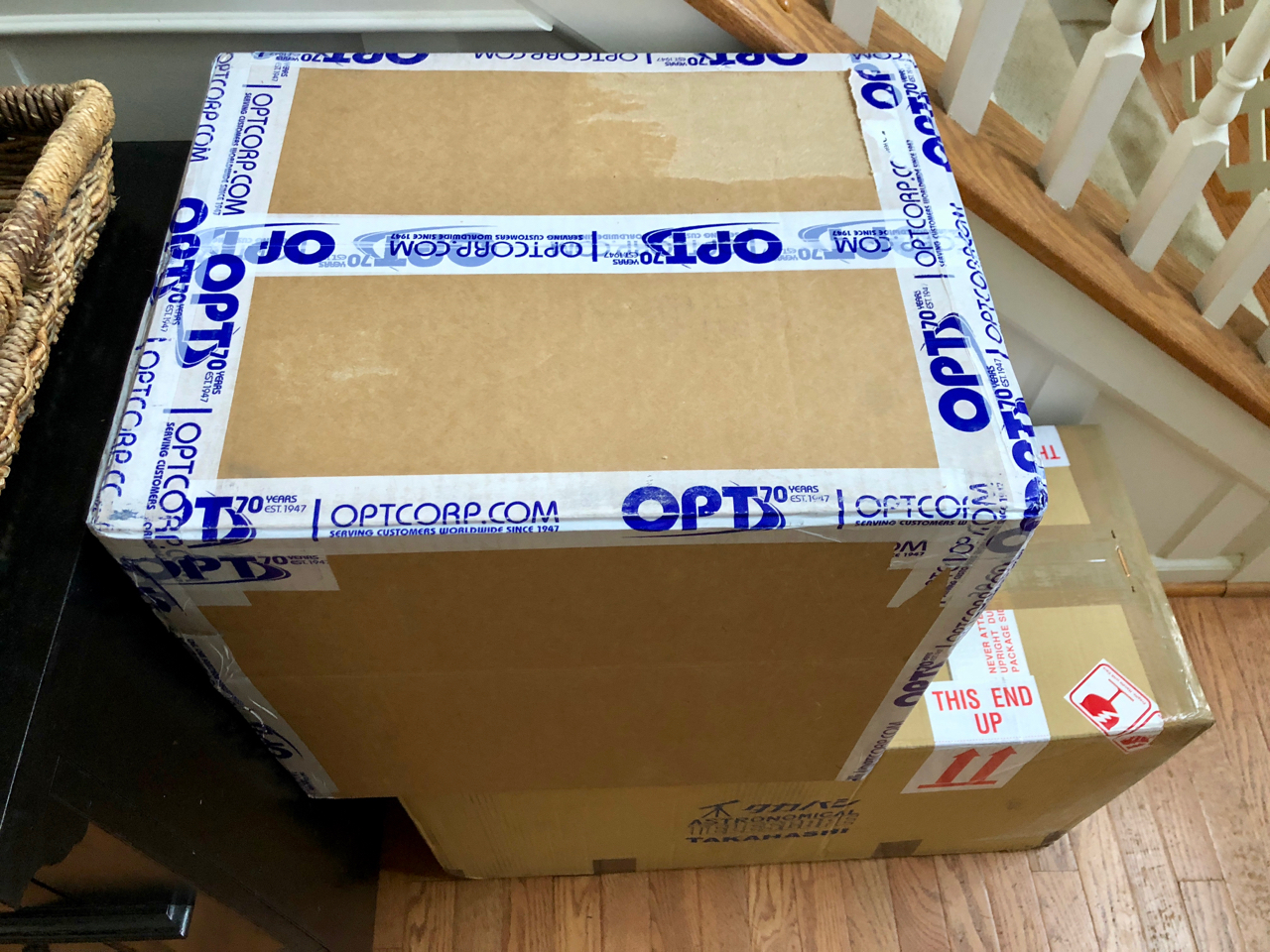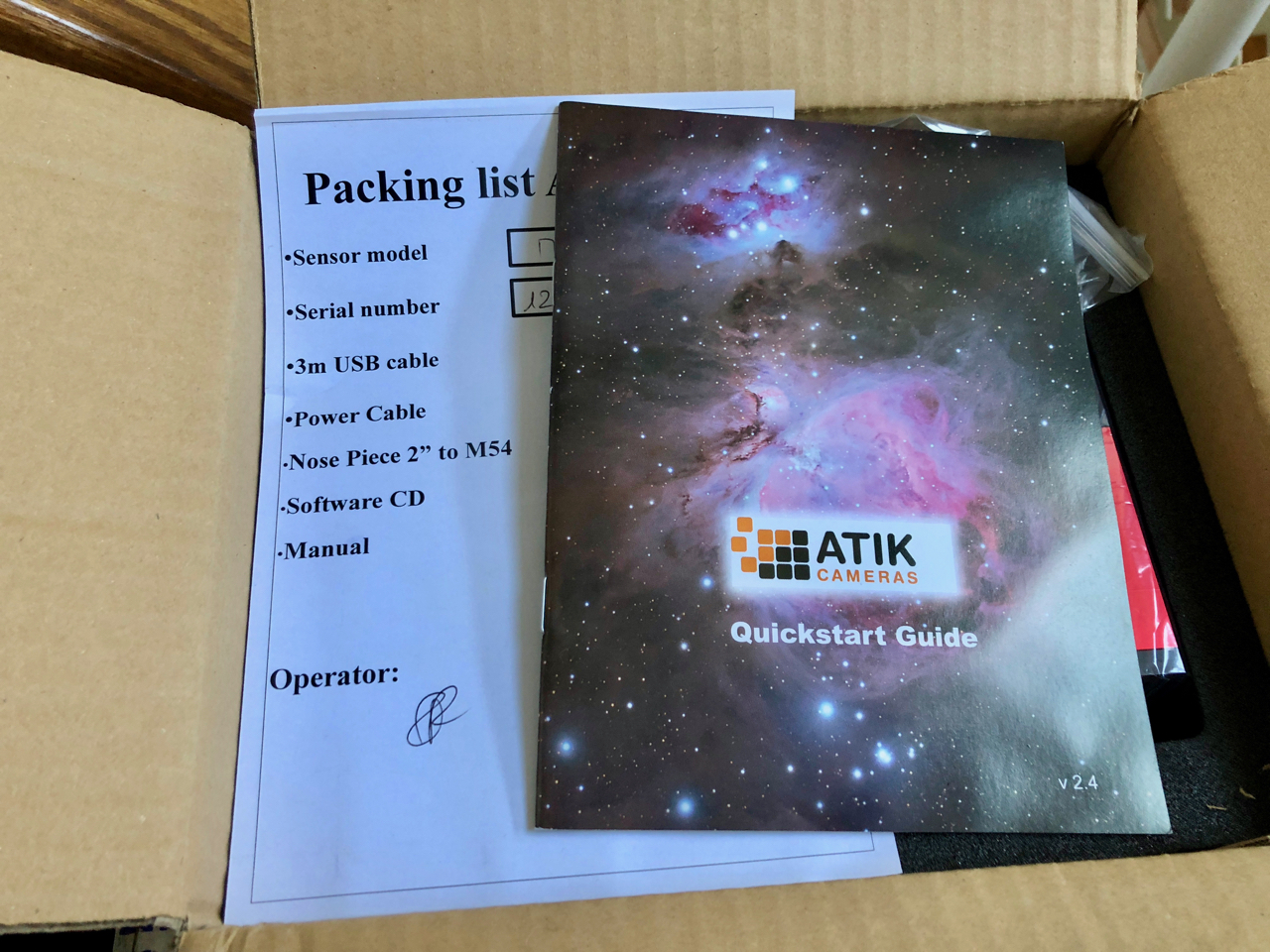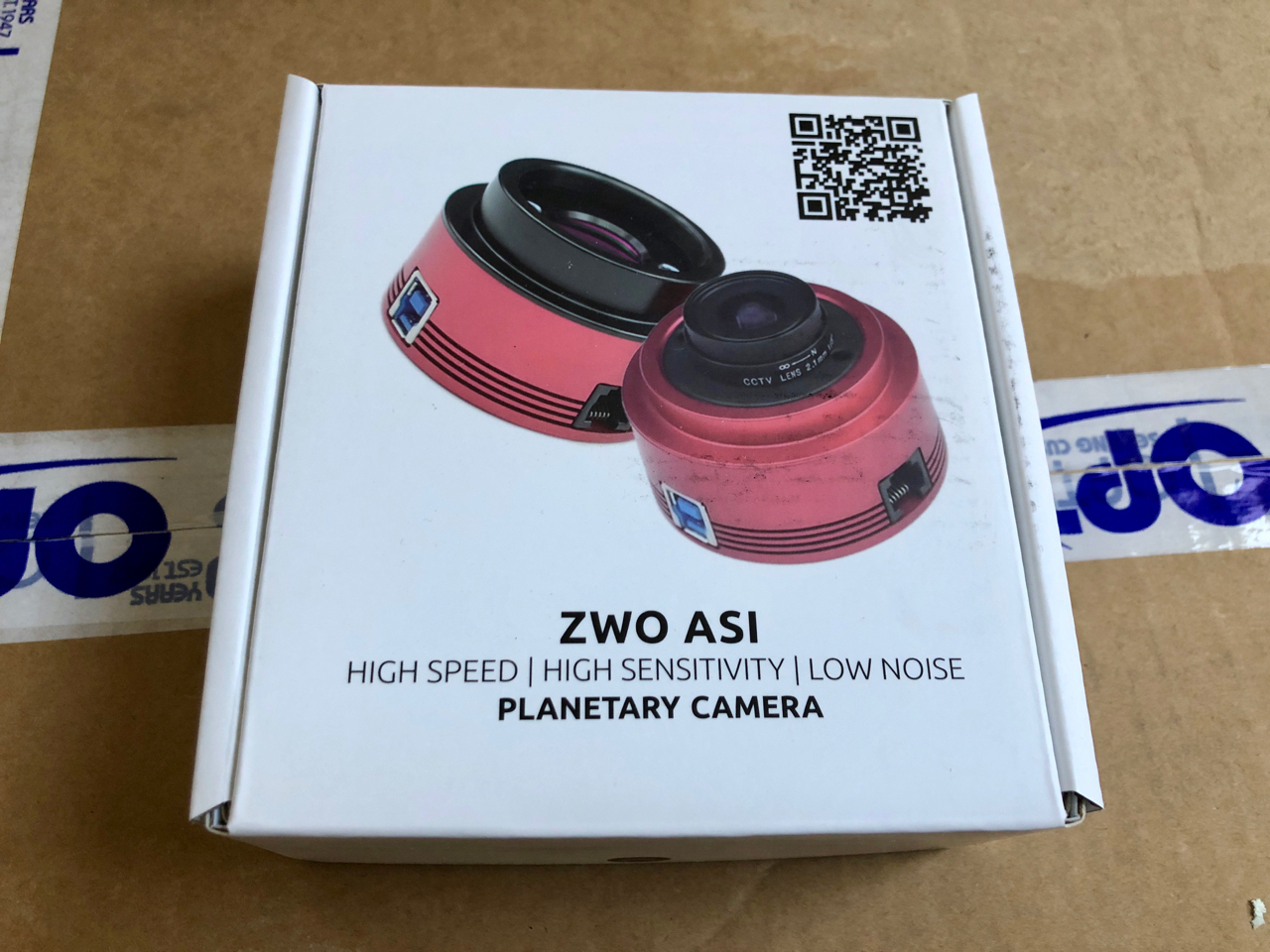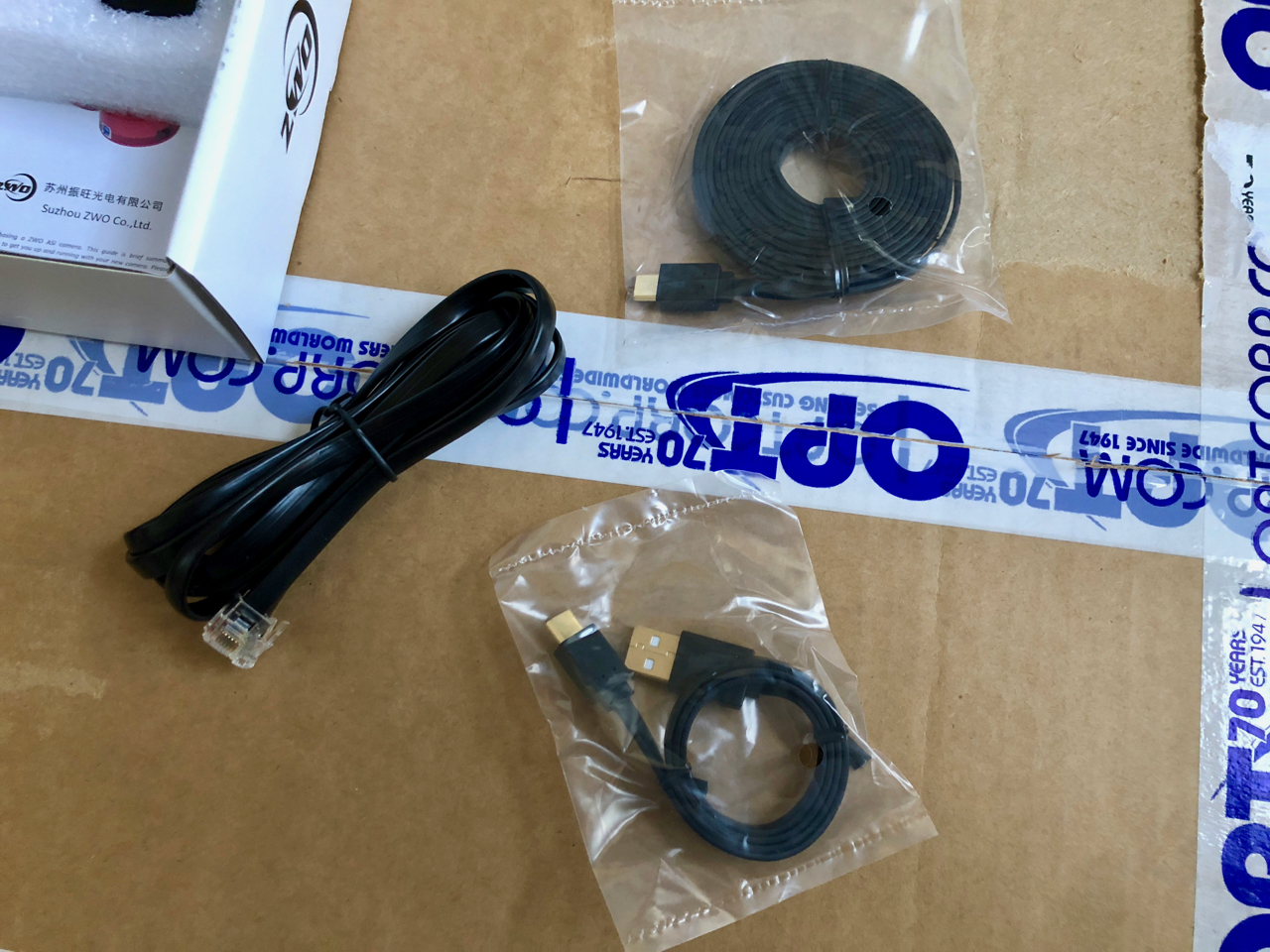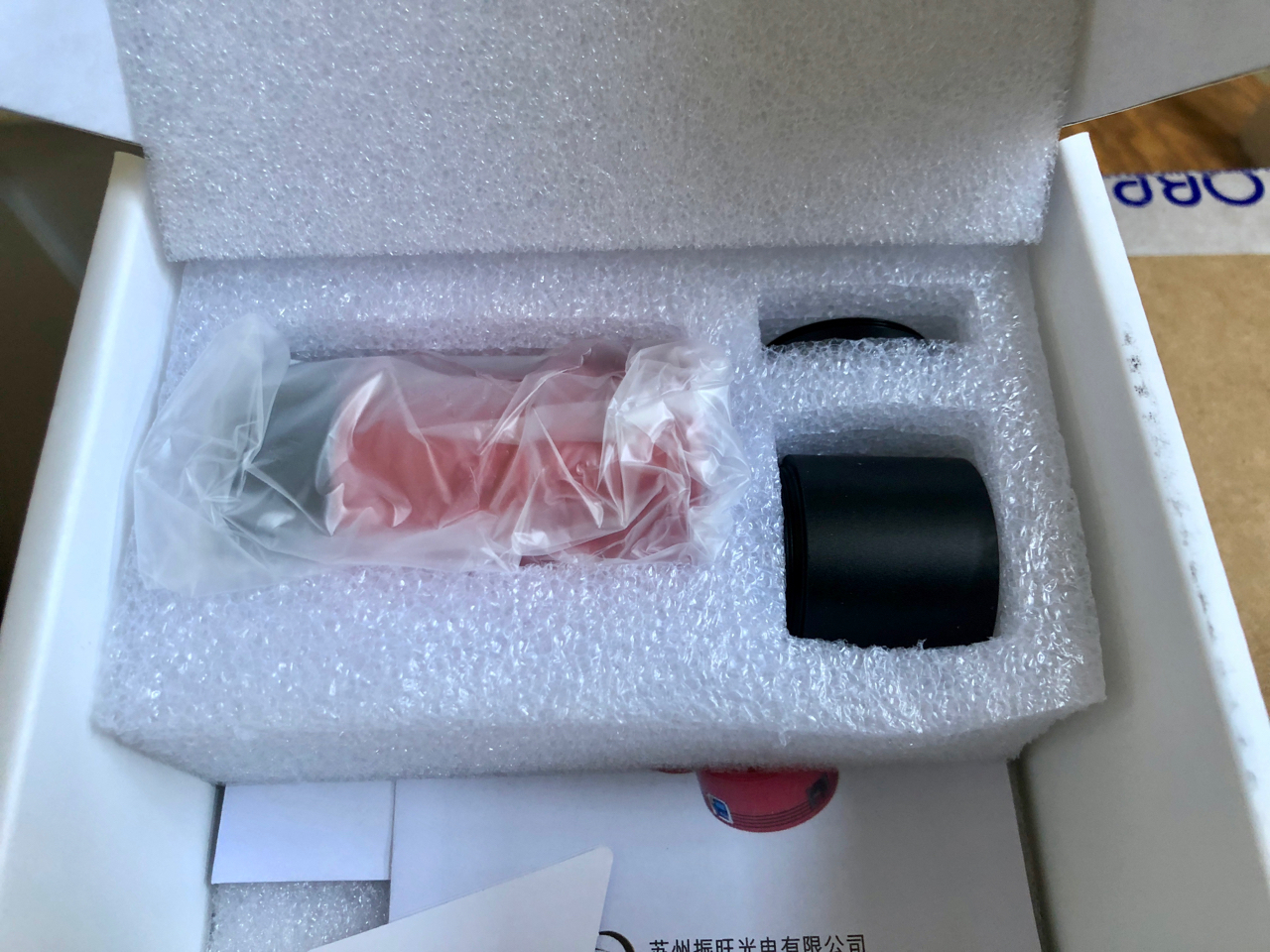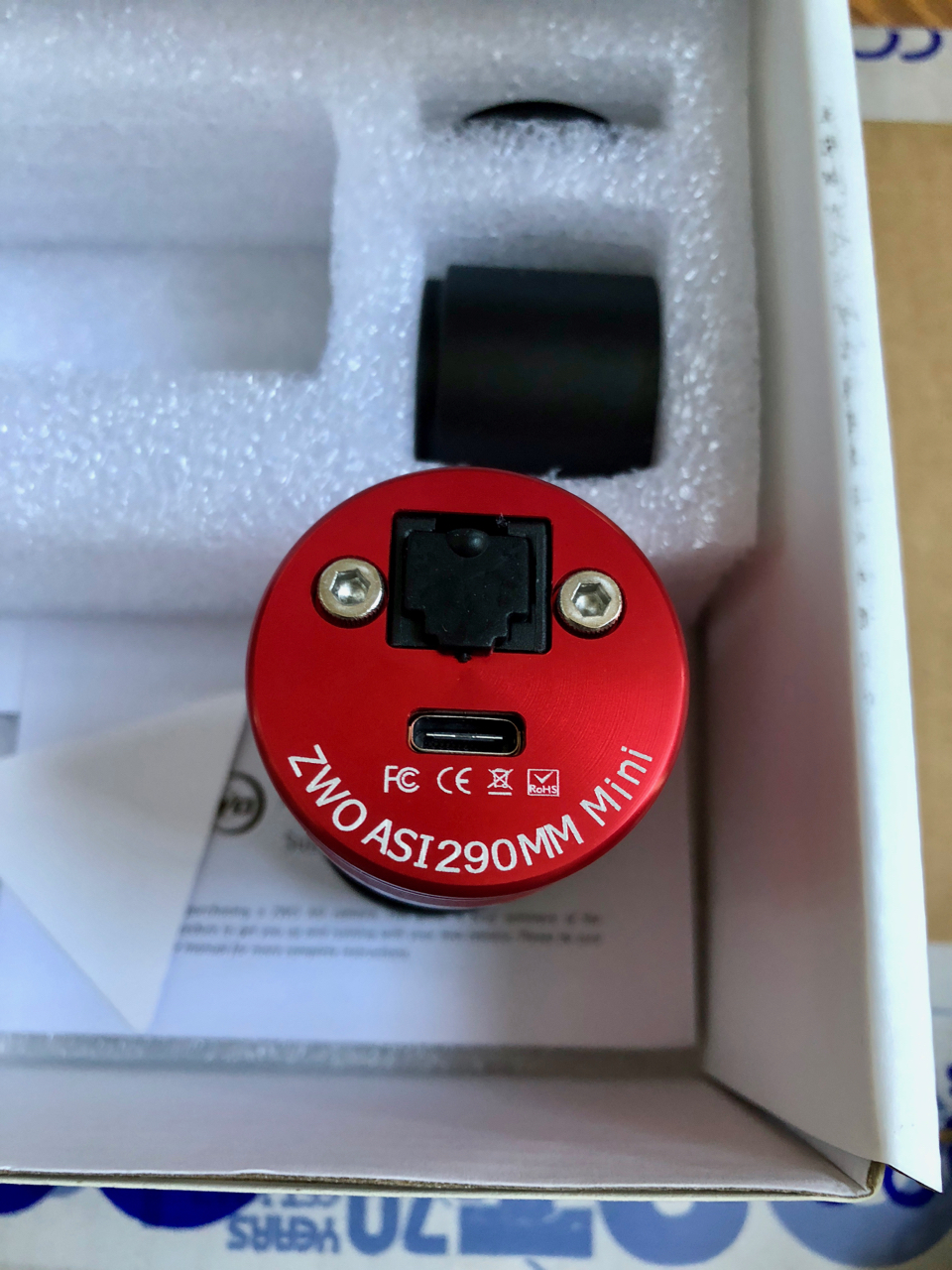The Cameras: Atik 16200 Mono & ZWO ASI290 Mini Mono
After selecting the telescope other things started clicking into place. I had a telescope with a huge image circle, I needed to use it. When it came to selecting the camera there really weren’t many choices– I started with a pretty short list. Initially I was looking at at the QSIs - in particular, the QSI 683wsg-8, an 8.3 megapixel (3326 x 2507) KAF-8300 sensor with 5.4 micrometer pixels, also sporting a built-in, 8-position filter wheel for 1.25-inch filters. Unfortunately, a death in the family put QSIs in limbo for quite some time. I believe that Atik as helped ramp back up operations, but I haven’t looked into availability.

More Stuff
The Camera Choices
I spent some time looking at the ZWOs, and did end up with one to use for guiding, but they just didn’t have anything with a chip big enough for the luscious image circle thrown down by the FSQ.
I started looking at KAF-16200-based cameras, and found a few. FLIs were \(\) pricey, and I was pretty solidly set on the QHY flavor, the QHY16200A-CFW7. My hesitation came from finding little to no information on it in the field at the time. In talks with the rep at OPT, I learned that Atik had a similar camera, albeit without a built in filter wheel.
I opted to go with the Atik variant, and the new EFW3 filter wheel was what really helped there (Yay, more red.).
Some specs for the Atik (very similar to the QHY - same chip, after all), from Atik’s product page:
- Sensor Type: CCD - KAF-16200
- Horizontal Resolution: 4499 pixels
- Vertical Resolution: 3599 pixels
- Pixel Size: 6 µm x 6 µm
- ADC: 16 bit
- Readout Noise: 9e- typical value
- Gain Factor: 0.6e-/ ADU
- Full Well: ~40,000e-
- Dark Current: >0.25 electrons/second at 0°C
- Interface: USB 2.0 High Speed
- Power: 12v DC 2.5A
- Maximum Exposure Length: Unlimited
- Minimum Exposure Length: 200 ms
- Cooling: Thermoelectric set point with max ΔT=>-50°C
- Weight: approx. 1.3 kg
- Backfocus: 19.5mm ±0.5
I am pretty happy with this camera - Once I get the filter wheel I will know for sure. I say “pretty happy” because image download time is a upwards of ~twenty seconds. Not awful when doing 30 minute exposures, but daunting when taking bias frames.
Now, before you say it - I know that with this camera / telescope combination I am very oversampled (2.33”/pixel), but, in my case, I would rather be oversampled than lose 75% of my frame when using smaller pixels, which invariably means a smaller sensor. I have a FOV of 2.91° x 2.33°, which fits m31 in nicely.
The Guider
This is another area where there weren’t many contenders. This basically came down to ZWO’s ASI290 Mini (~$325), and the Starlight Xpress Lodestar X2 Autoguider(~$565). Spec-wise, they were similar enough, so, frankly, I just went with the cheaper option. Yay, more red.
I opted for on-axis guiding– my refractor is fast and fairly short, so I have hopes that I can get it working. Worst case scenario, I switch to off-axis and get rid of my 1/2” spacer in my train.
Unboxing the Cameras
If you click on a picture in the gallery you can then just scroll through with the left & right arrow keys.
